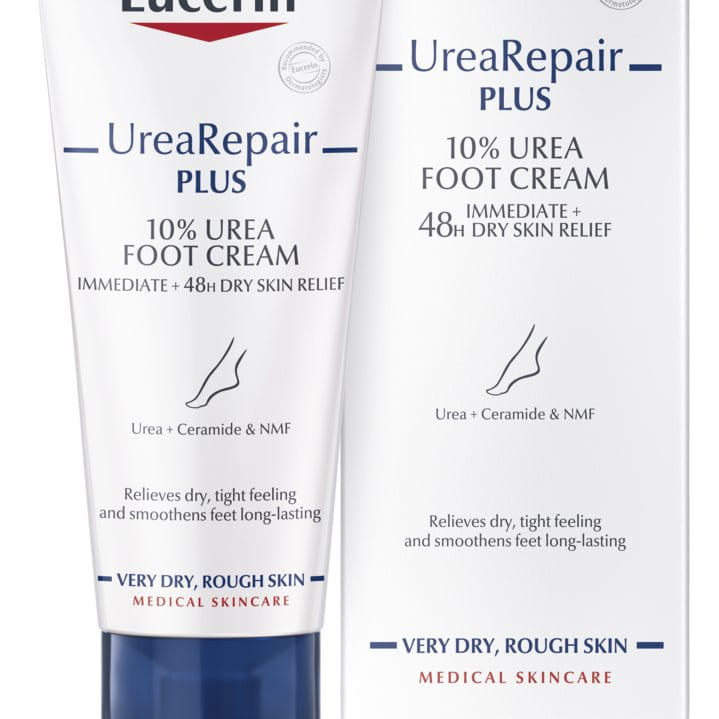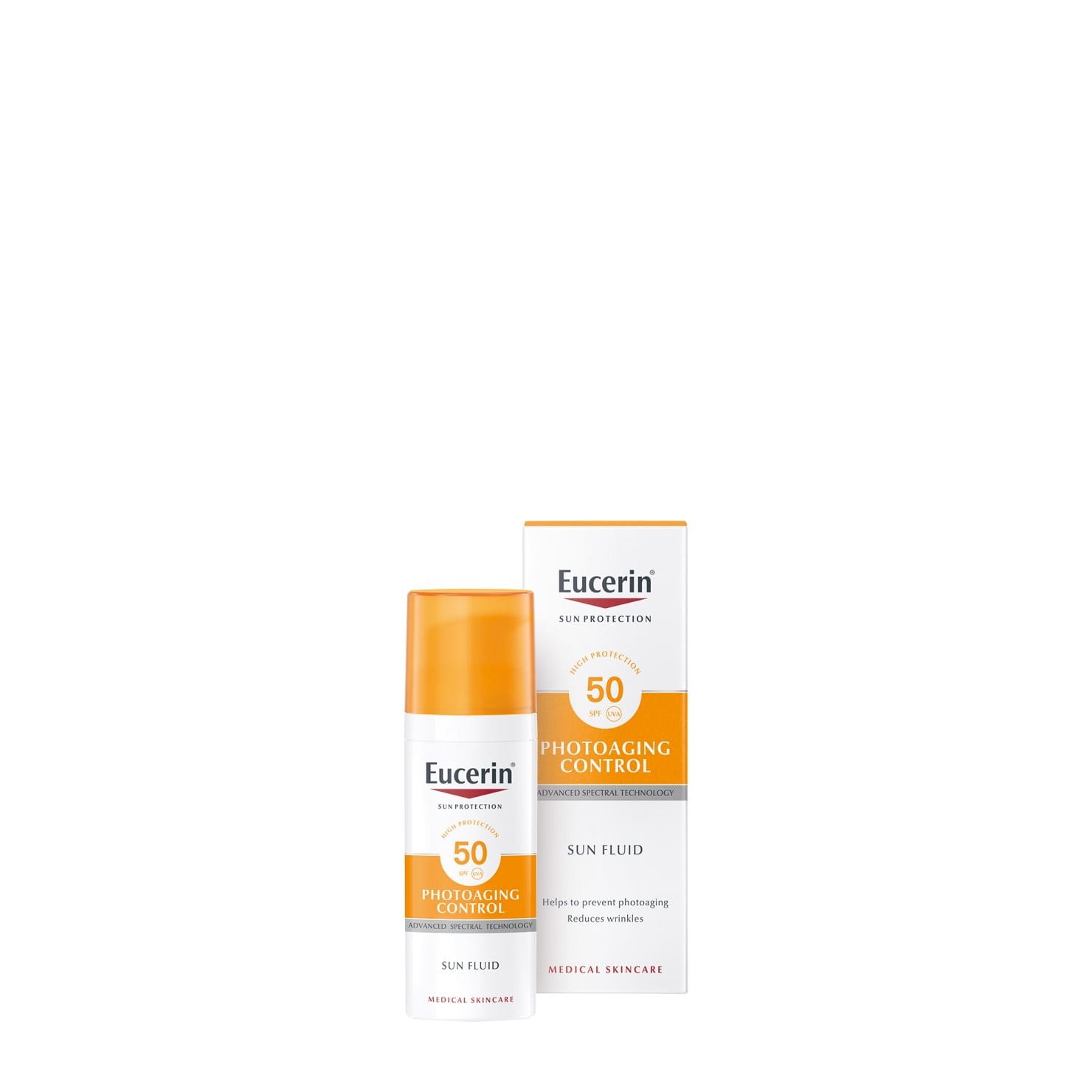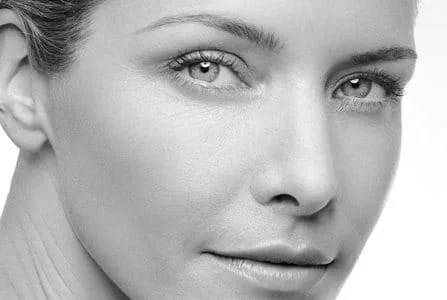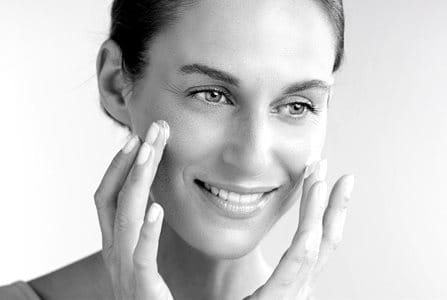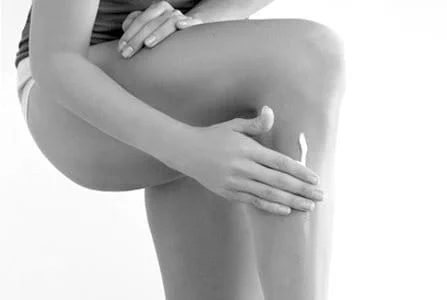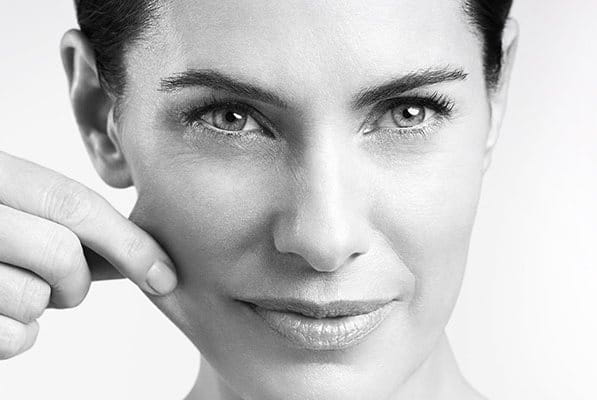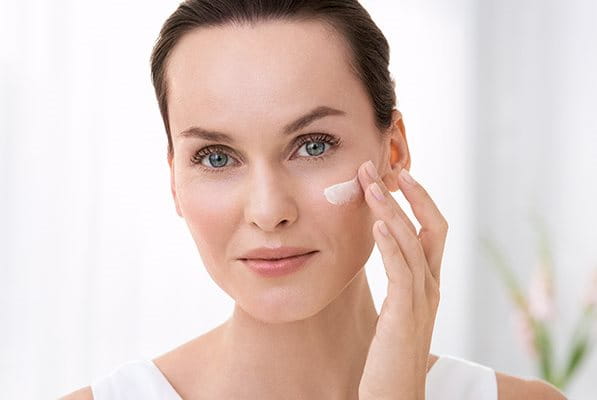Mes prisiimame atsakomybę už Jūsų odą ir mūsų planetą.
Tvarumas ir aplinka
Be mikroplastikų (pagal JTAP apibrėžimą)
UV filtrų sistema be oktokrileno
Apie
Soothes and protects sensitive skin reducing the risk of long-term skin damage. Eucerin’s Advanced Spectral Technology offers very high UVA/UVB protection and HEVIS light defense. The sunscreen also supports skin’s own DNA repair mechanism.
NART: 63040-01540-22Skaityti daugiau prie produktą
Sunscreen lotion for kids UV light is the main cause of sunburn, but high-energy visible (HEVIS) light can also trigger free radicals that cause further stress to skin. Eucerin Kids Sun Lotion Sensitive Protect SPF 50+ is a sunscreen lotion for children that soothes sensitive young skin and protects it from sunburn and long-term sun-induced damage. The Advanced Spectral Technology combines broadband and photostable UVA and UVB filters1 for very high UV protection with Licochalcone A to neutralize free radicals caused by UV and HEVIS light. The sunscreen for kids also includes Glycyrrhetinic Acid which supports skin’s own DNA repair mechanism. Unperfumed, and extra water-resistant, it also includes Eucerin’s ‘Anti-Stain After Wash’* technology. Eucerin Kids Sun Lotion Sensitive Protect SPF 50+ is clinically and dermatologically proven to be suitable for children’s sensitive skin. It can be used on babies and children from three months. * Helps to reduce the intensity of sunscreen stains after washing. (1) Meeting the high standards for UVA and UVB protection defined by Cosmetics Europe. The levels of UVA protection are higher than the EU recommendation.
Sudedamosios dalys
Visi ingredientai, esantys mūsų priemonių sudėtyse, buvo kruopšiai atrinkti ir yra aukščiausios kokybės. Sužinokite daugiau apie pagrindines mūsų produktų sudedamąsias dalis.
Ingredientai, esantys mūsų priemonių sudėtyse, yra nuolat atnaujinami. Dėl šios priežasties, ingredientų sąrašas ant pakuotės ir Eucerin internetinėje svetainėje kartais gali skirtis. Rekomenduojame priemonių sudėtis žiūrėti ant pakuotės.
Žiūrėti viską
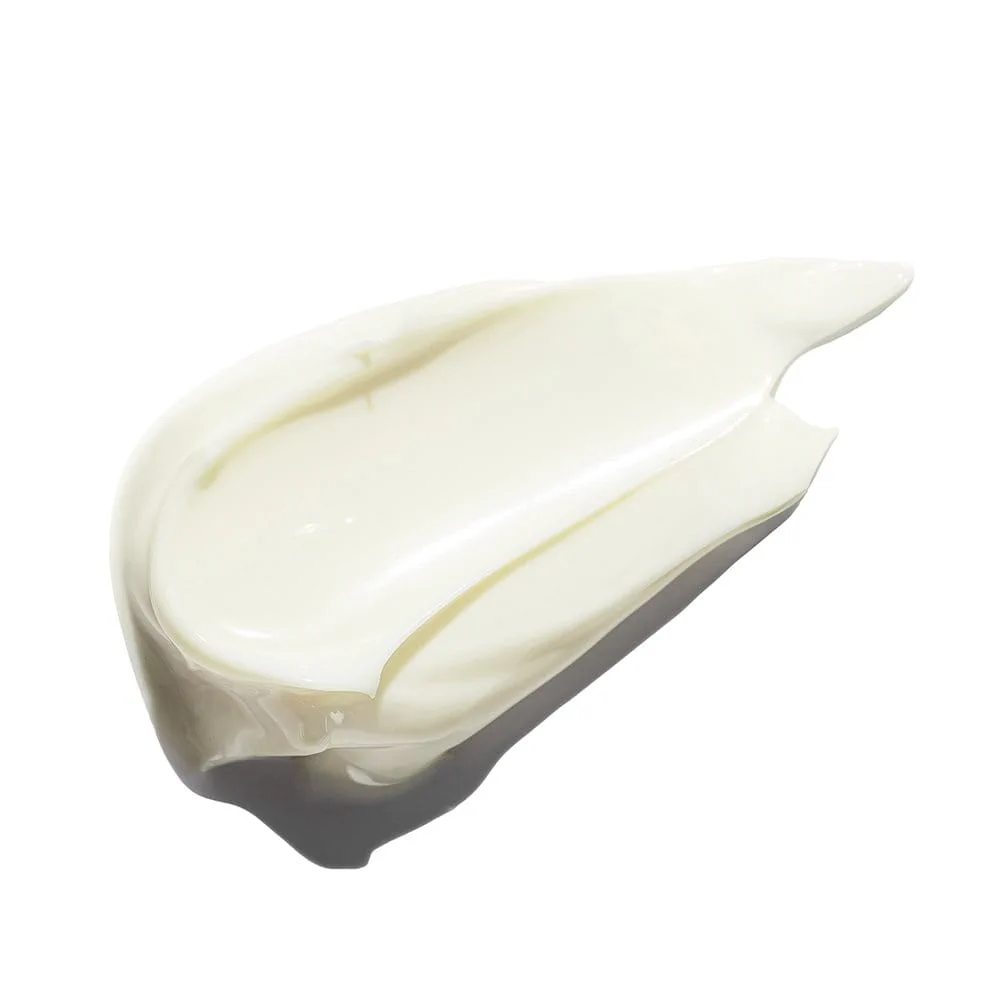
Žiūrėti viską

DUK
How do I know which SPF to use on my child?
Your child’s skin will benefit from a high or very high protection sunscreen that has been specially formulated for their delicate young skin. Sunscreens are available in four different levels of protection: low (factor 6 to 10), medium (15 to 25), high (30 to 50) and very high (50+). The higher the protection factor the better skin is protected, and we recommend that you always apply high or very high protection sunscreens to young and delicate skin.
It is strongly advisable to keep young children out of direct sunlight, especially during its peak hours of intensity, and to use protective clothing. Apply sun protection thoroughly to any parts of the body that are exposed and reapply it generously every two hours. And remember that skin damage can occur even before sunburn is visible.
Why does children’s skin need special protection from the sun?
Children’s skin, like many of their organs, is still developing and so they are more sensitive to sunlight. Young skin is thinner than adult skin and its barrier function and self-protection mechanisms (especially melanin synthesis) are not fully developed. The surface area to volume ratio is also much higher in children’s skin.
Sun-induced skin damage incurred during childhood puts someone at a much higher risk of further skin damage in later life. You can read more in the effects of sun on children’s skin.
What is the difference between UVA and UVB rays?
UVA rays penetrate the deeper layers of skin. They stimulate the production of free radicals in the skin which cause oxidative stress and can lead to indirect DNA damage (where the free radicals modify cellular DNA over time).UVA rays are most commonly associated with photoaging (premature skin aging caused by the sun). They can also trigger sun allergies such as Polymorphous Light Eruption (PLE). UVB rays can also provoke allergies, but to a lesser degree.
UVB rays provide the energy your skin needs to make Vitamin D and stimulate the production of melanin which is responsible for tanning. They don’t travel as deeply as UVA rays, penetrating only the outermost layers of skin, but they cause more immediate damage such as sunburn. UVB rays are directly absorbed by cellular DNA which can lead to skin diseases such as actinic keratosis and skin cancer.
What is high-energy visible light and why does my skin need to be protected from it?
The sunlight spectrum consists of UV, visible and infrared light. Visible sunlight can be detected by the human eye, while the others remain invisible. Part of this visible spectrum has a high energy level and is known as high-energy visible light. It is also referred to as HEVIS light, HEV Light, HEVL and sometimes ‘blue light’ or ‘blue violet light’
Like UVA rays, HEVIS light penetrates the deeper layers of skin (the dermis) and can generate free radicals. These free radicals are one of the main causes of photoaging (premature skin aging caused by the sun).
Many modern sunscreens offer effective protection against UVA and UVB rays, but we recommend that you look out for products that also defend against the negative effects of HEVIS light. These products will give your child’s skin reliable protection from photoaging and, in the long run, reduce the risk of skin damage. You can read more in the effects of sun on children’s skin.
What is the ‘Anti-Stain After Wash`* technology and how does it work?
The Eucerin ‘Anti-Stain After Wash’ technology helps to reduce the intensity of sunscreen stains after washing.
The yellow stains that appear on clothes, especially cottons, after using sunscreen products are caused by UV light filters. The washing process can make these stains worse rather than remove them: the iron and copper ions in water, when combined with very hot water and bleaching agents, can actually bind-in and intensify the stains.
Eucerin’s ‘Anti-Stain After Wash’ technology works in two ways. Firstly, it contains an anti-redeposition agent that prevents so much of the filter from binding with the fabric in the first place. Secondly, it contains a complexing agent that binds with the ions in water so they are less able to intensify stains when fabrics are washed.
Skaityti susijusius straipsnius

